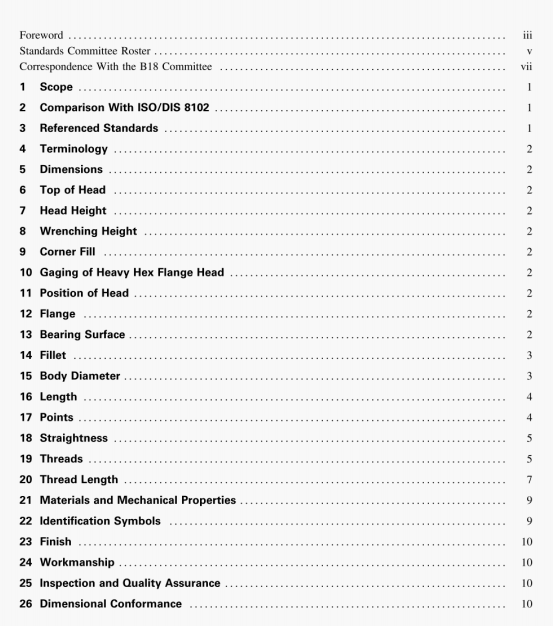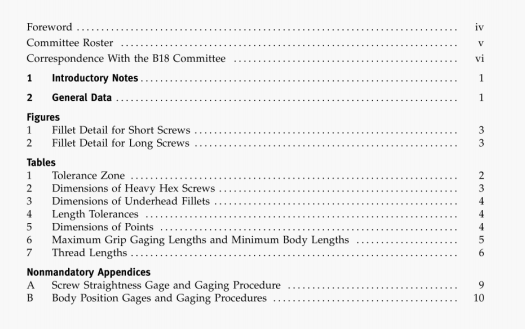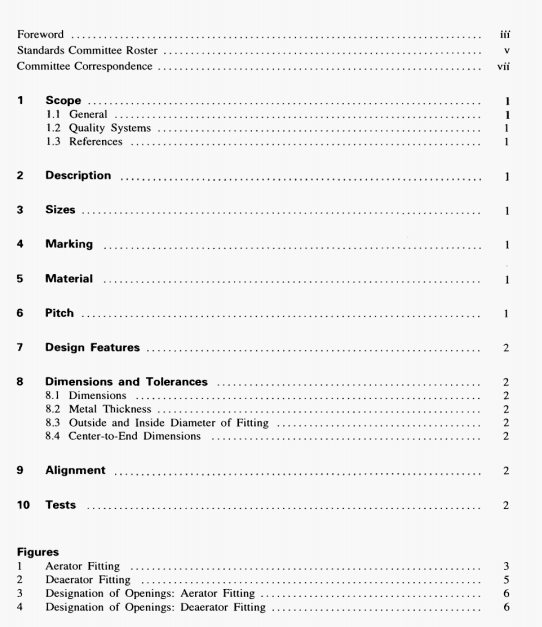Abstract: ASME B16.3:2021 pdf download.Malleable lron Threaded Fittings Classes 150 and 300. 7.3 Tolerances it is recognized that some variations arc absolutely unavoidable in the making of patterns and castings. The following tolerances shall apply:...
ASME B16.3:2021 pdf download.Malleable lron Threaded Fittings Classes 150 and 300.
7.3 Tolerances
it is recognized that some variations arc absolutely unavoidable in the making of patterns and castings. The
following tolerances shall apply:
(a) Metal Thickness Tolerances. At no point in the casting shall the metal thkkness be less than 90% of the value given in tile tables.
(b) Center-co-End Tolerances. Permitted tolerances on the center-to-end dimensions ol the fittings are shown in
Table 7.3-1. Tolerances for end-to-end dimensions and lengths of couplings and reducers shall be twice those given. The largest opening In a reducing fitting governs the tolerances to be applied to all openings. These
tolerances do not apply to return bends and caps.
8 THREADING
8.1 Types of Threads
All fittings shall be threaded according to ANSI/ASME B1.2O.1. and shall have taper threads, except wrought
couplings (Table 72.1-3) and wrought caps (Table 8.1-1) In NPS %. NPS 14 and NPS %. which may have straight
threads.
8.2 ToLerances
Variations in taper threading shall be limited to one turn large or one turn small from the gaging face on ring
and gaging notch on plug when using working gages. The variations in straight threading shall he limited to one and one-half turns large or small from the gaging notch on plug when using a taper pipe thread working gage. The
reference point for gaging internal fittings threads depends on the chamfer diameter. When the Internal chamfer
diameter exceeds the major diameter of the internal thread, the reference point is the last thread scratch on the chamfer cone. When the internal chamfer diameter does not exceed the malor diameter of the internal thread, the
reference point is the end of th fitting (see Figure 8.2-1).
8.3 Countersink or Chamfer
For the purpose of easier entrance in making a joint and for protection of the thread, all internal threads shall be countersunk a distance of not less than one-hall the pitch of the thread at an angle of approximately 45 deg
with the axis of the thread; all external threads shall be chamfered at an angle of 30 deg to 45 deg with the
axis. Countersinking and chamfering shall be concentric with the threads.
Recommended:
ASME A112.1.2:2012 pdf download ASME 14414:2015 pdf download ASME 30.9:2021 pdf download ASME Y14.1-2020 pdf download



